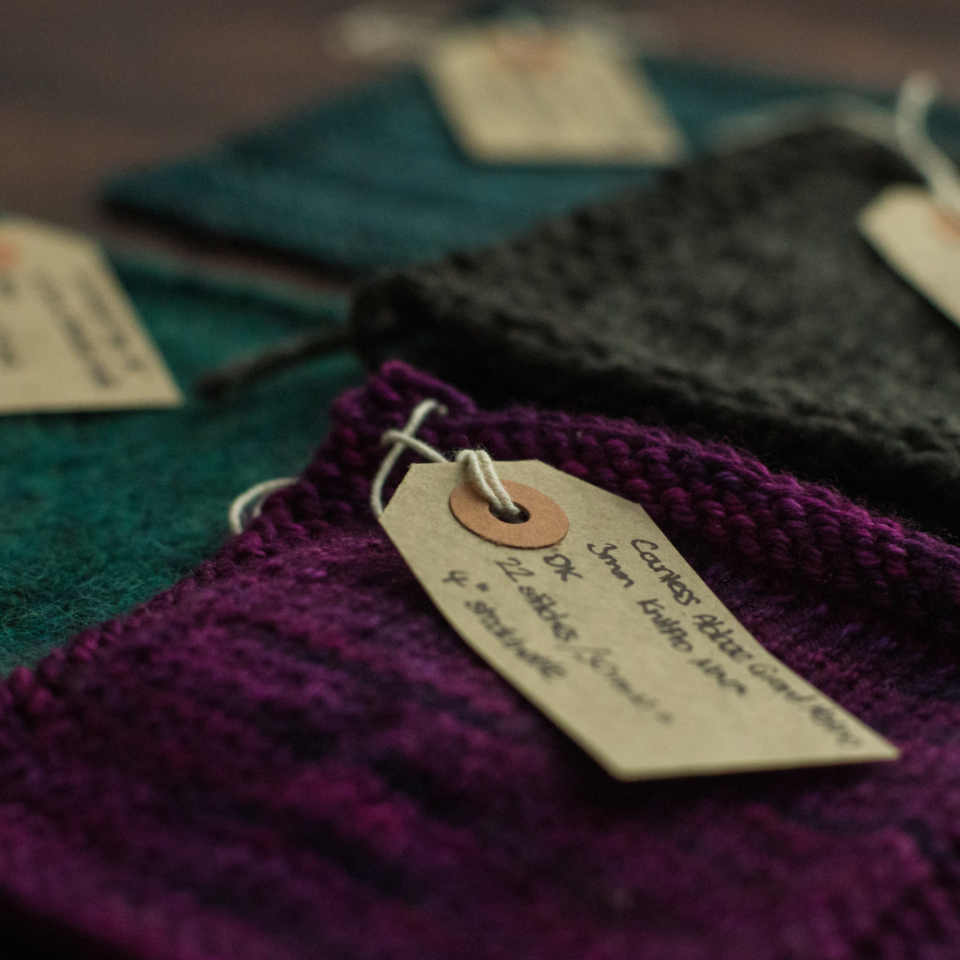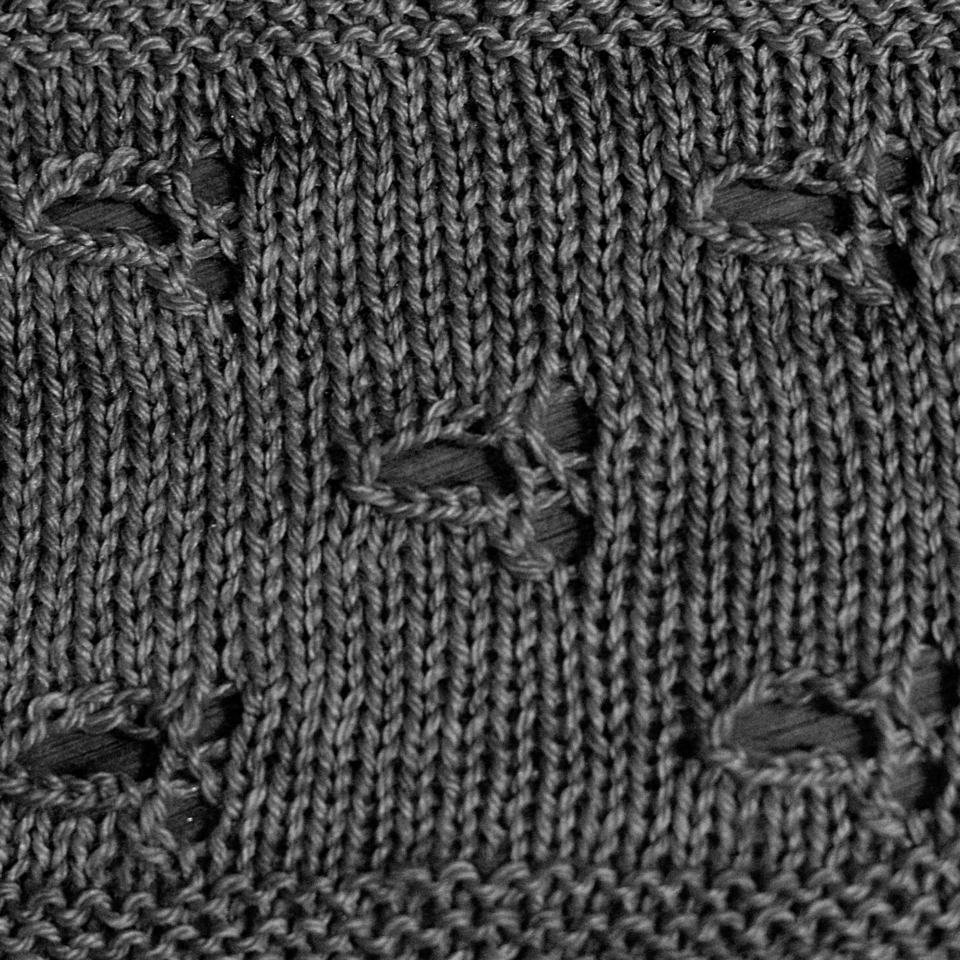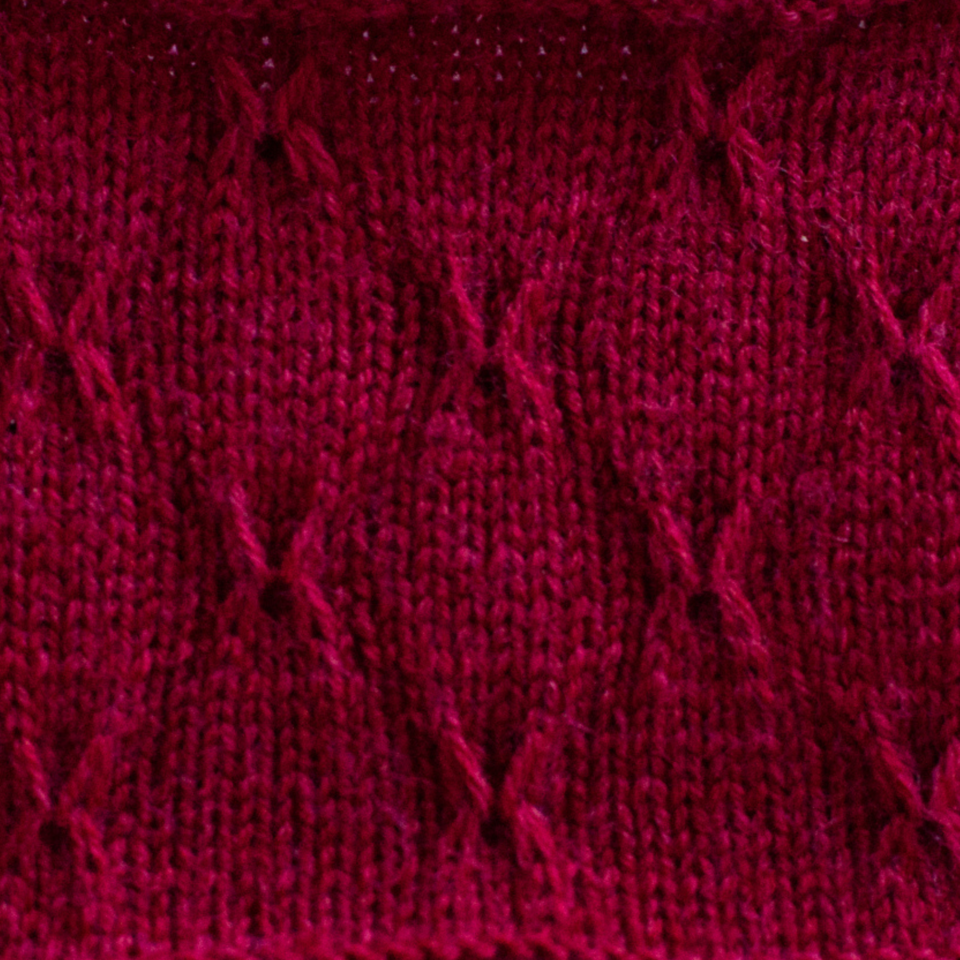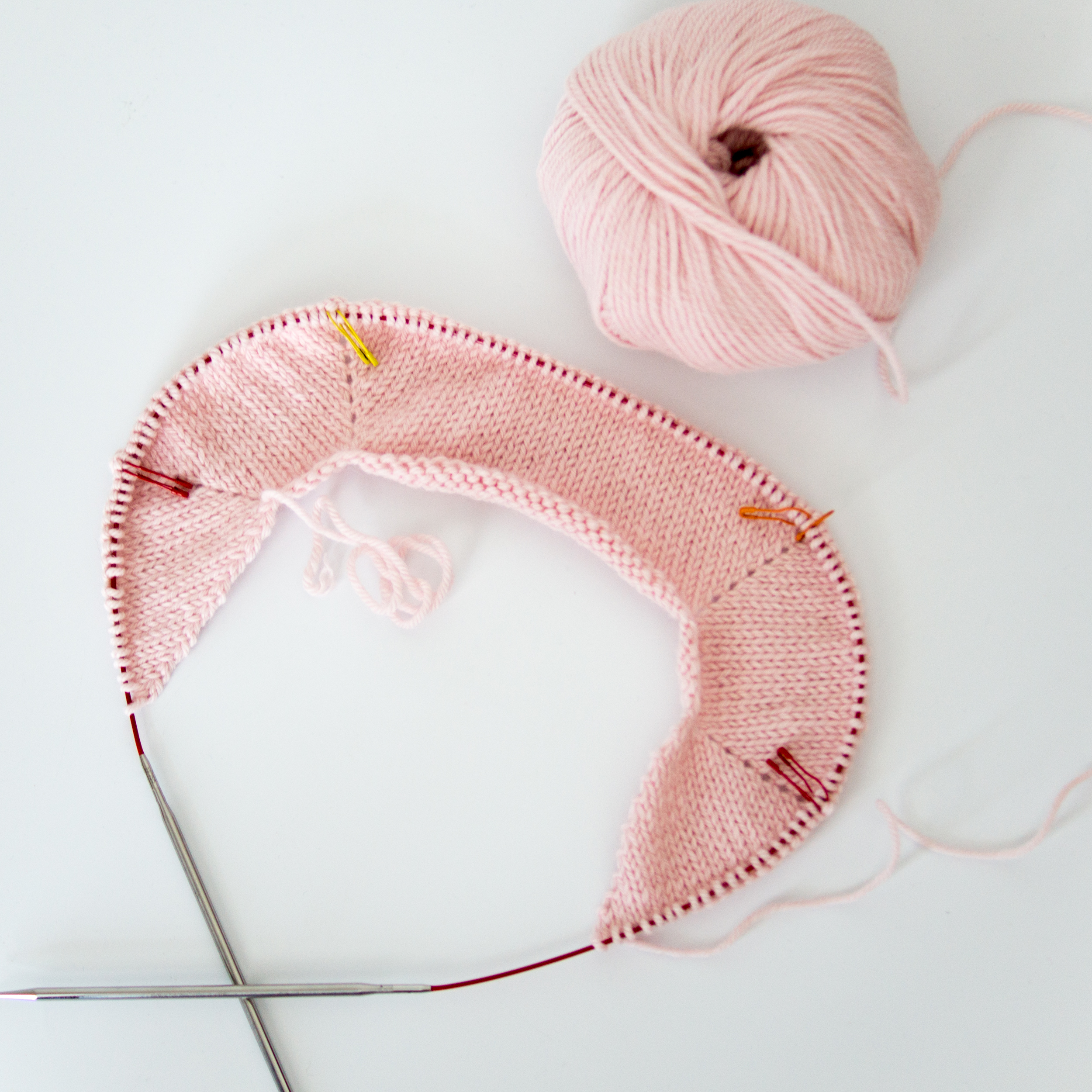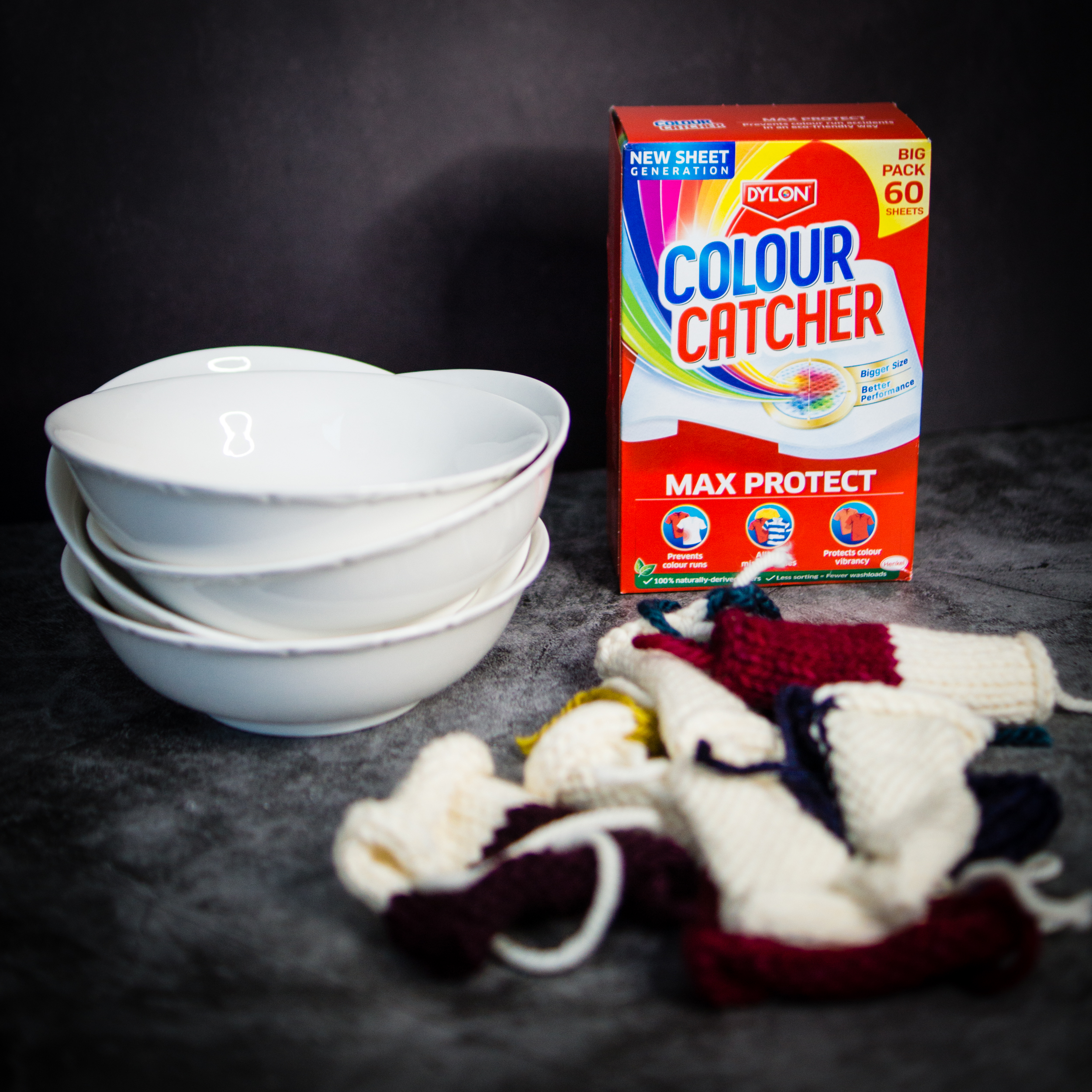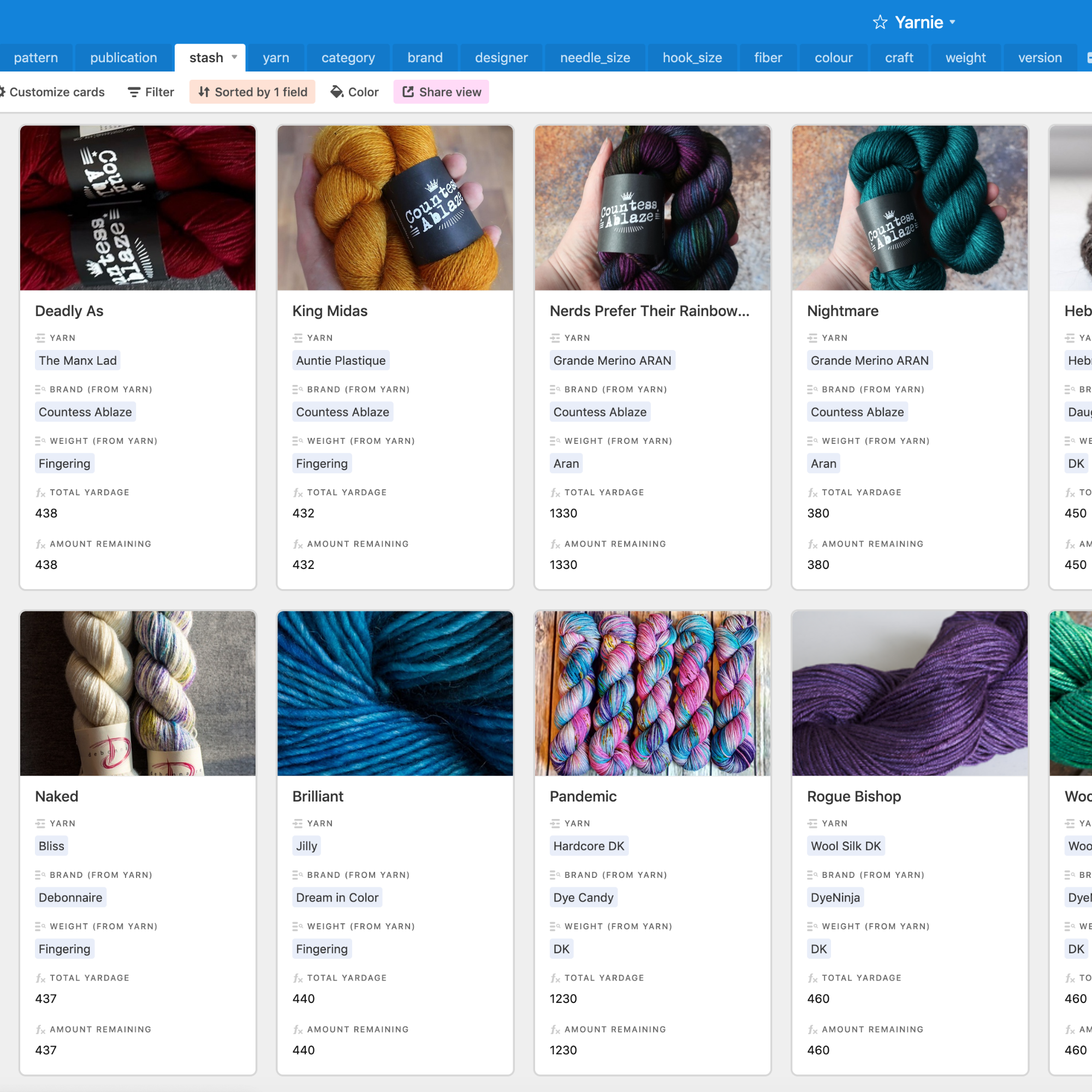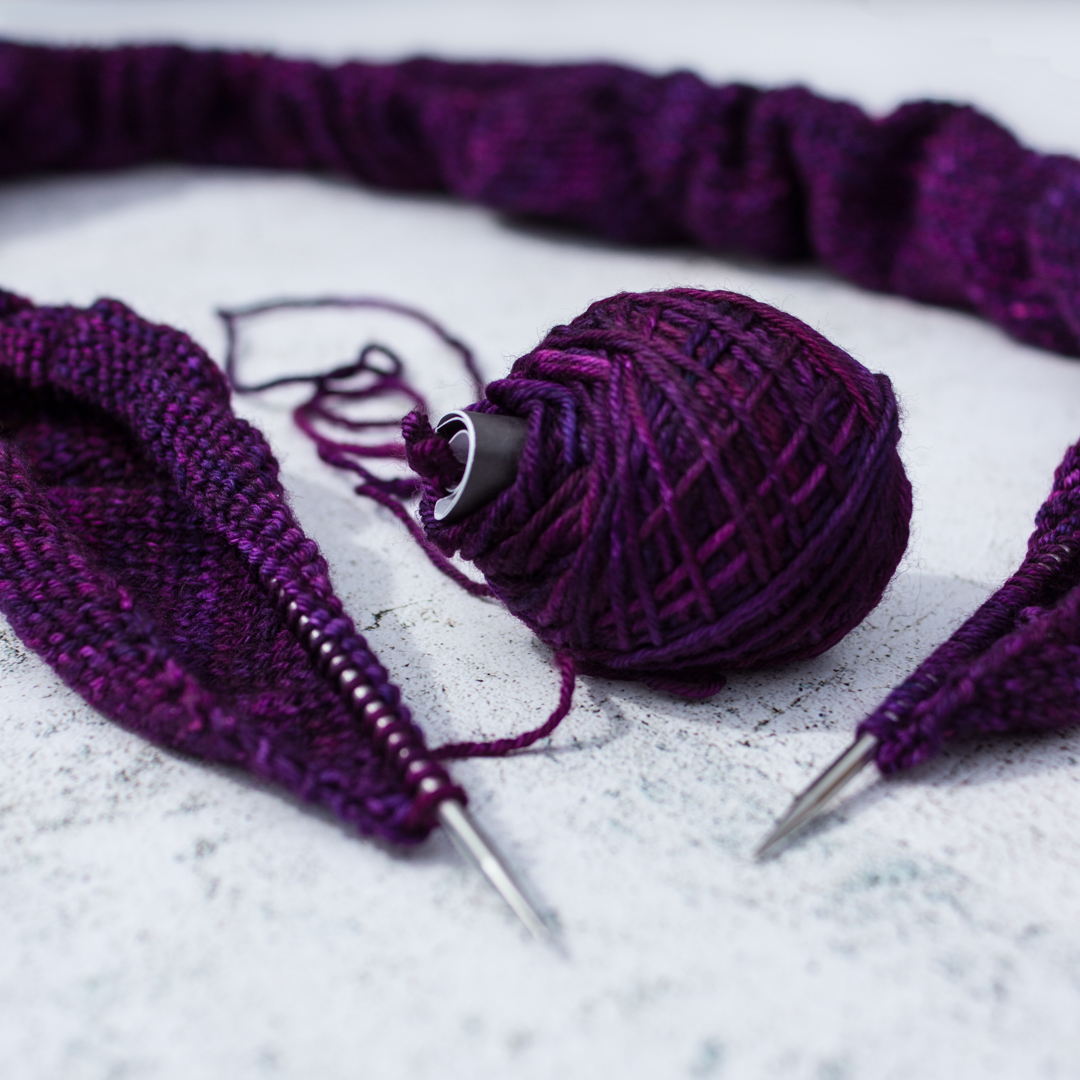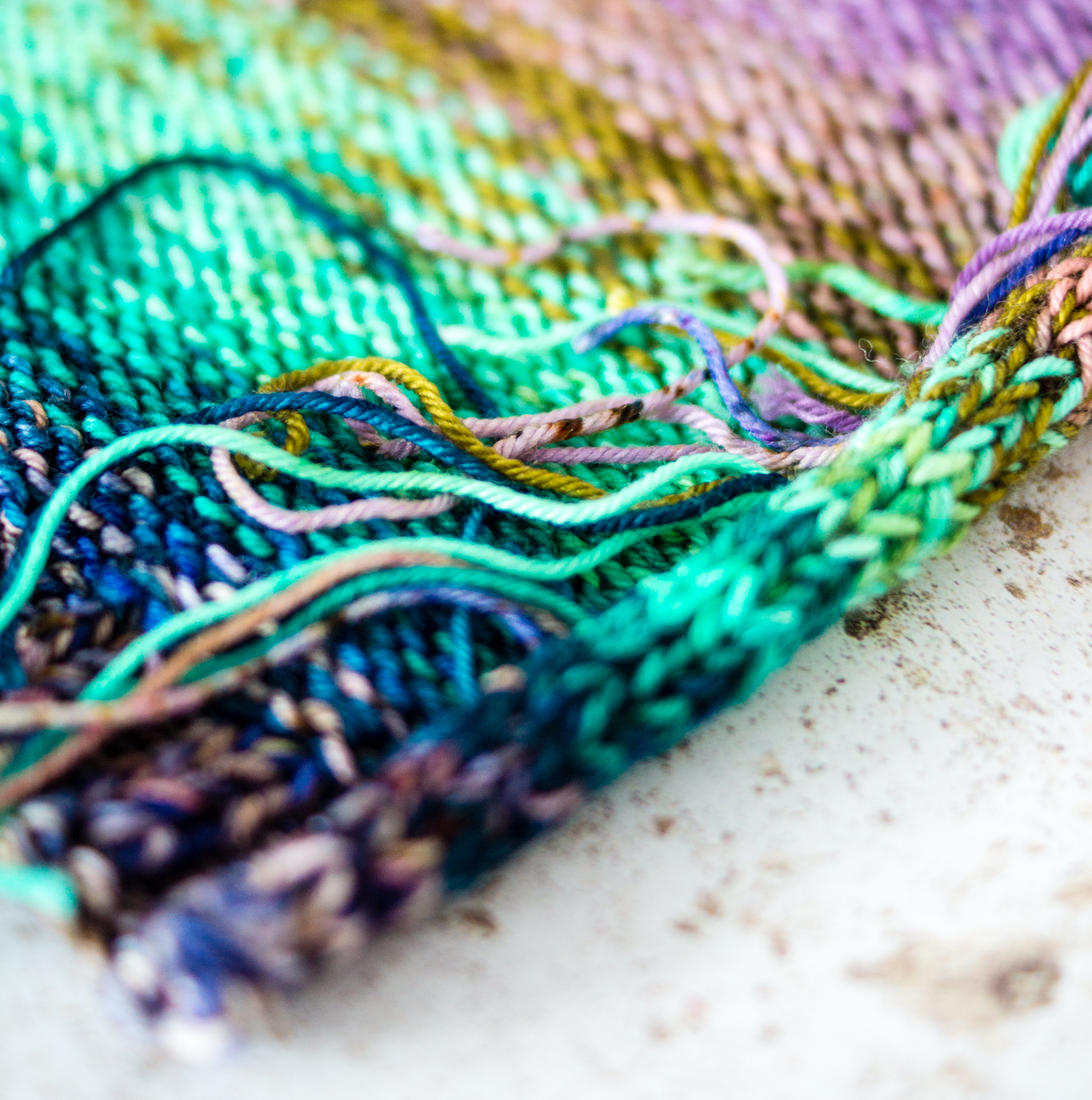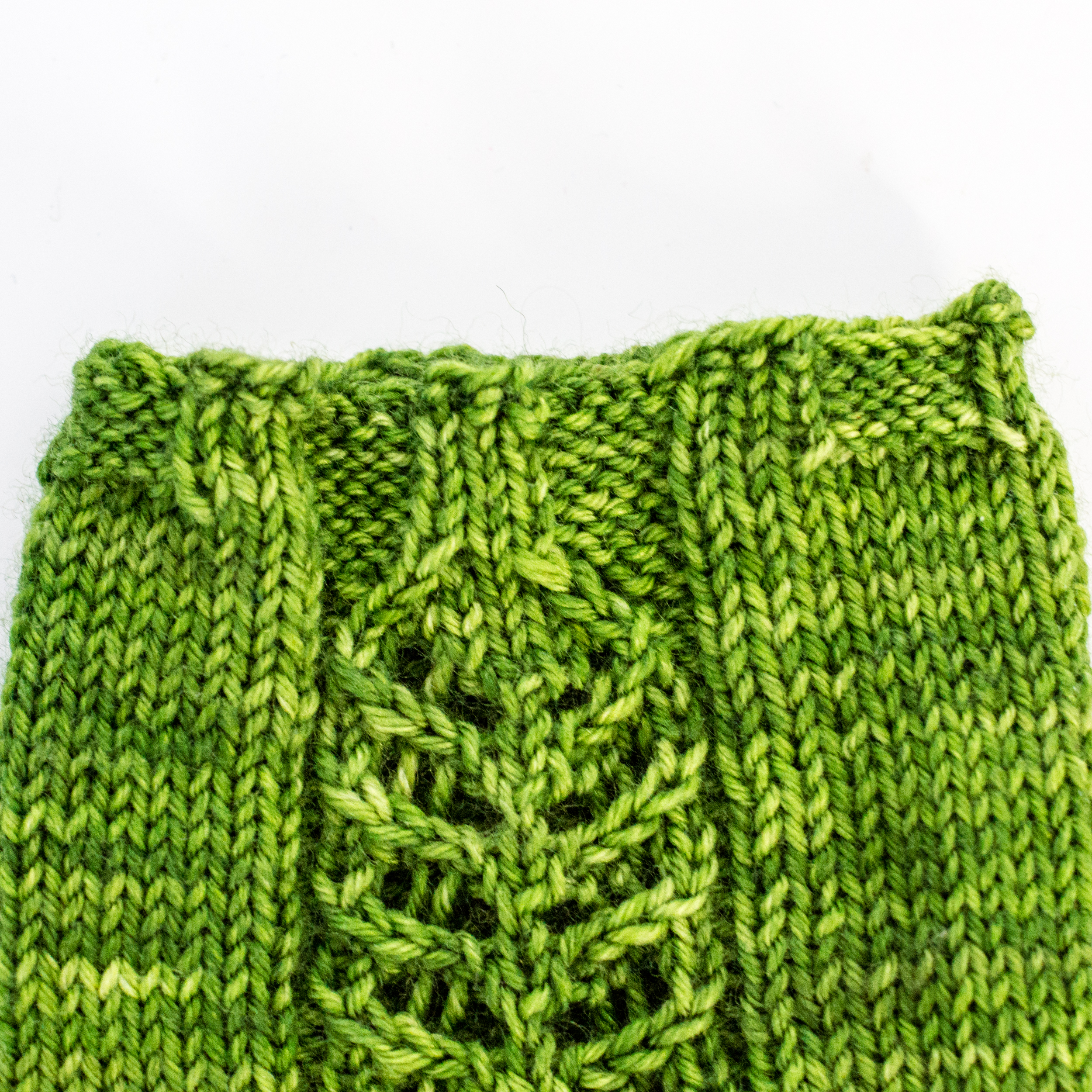Gauge swatches.
Just in saying that, I bet most of you have had some sort of reaction, whether positive or negative. For some reason, swatching for gauge is seen as controversial.
I am firmly on team SWATCH. I don’t like to start a project, particularly a garment project, without one.
Something I’ve learned in my years of knitting is that for me, gauge is key to whether I like the finished article or not. I’m quite particular – I like a tight gauge, and I don’t like it to be overly stretched when in use.
The other thing I’ve learned is that I’m a bit of a loose knitter. I often have to go down half a mm when choosing needles to achieve the same gauge as the pattern. Might be because I refuse to learn Continental and continue to throw; might be my tendency to make sure stitches are well up on my needles, a habit leftover from the days when I was terrified of dropping stitches; might just be the way I do it.
Anyway. Put those two things together and you have a situation where I need to do a lot of swatching.
Here’s the thing though – I am also inherently lazy. I don’t want to do anything if I don’t have to, and if I’m going to do something, I want to do it in the most efficient way possible. Which means I don’t want to waste time and yarn making the same swatch twice.
So I don’t.

This is my Gauge Library spreadsheet. In it I log every gauge swatch I ever knit: the exact yarn I used, the exact needles and method. The stitch pattern used, and the number of stitches and rows per 4″. I also calculate the number of stitches per inch.
Handy, isn’t it? This way, when I’m looking at a pattern that’s calling for a particular gauge, I can check the spreadsheet and see if I’ve done something similar. I have a filter on the yarn weight column, so I can only look at the weights relevant to the pattern I’m concerned with. I know if I’m only 1 or 2 stitches off I can probably get there with blocking – and if I don’t have a jumping off point, I’m not just doing a job before I can get on with my knitting, I’m adding to my own personalised resource. My gauge library is specific to me, the yarn I like to work with, and the way I knit. It’s useless to anyone else, but such a time-saver for me.
I also keep all those swatches! They get tagged with the basic info – yarn, needles, gauge – and stored in a folder. This part is really handy for designing – if I have an idea in my mind of a particular drape, or I want to refer back to a stitch pattern I’ve used before, I have a tangible reference that I can get out and investigate.
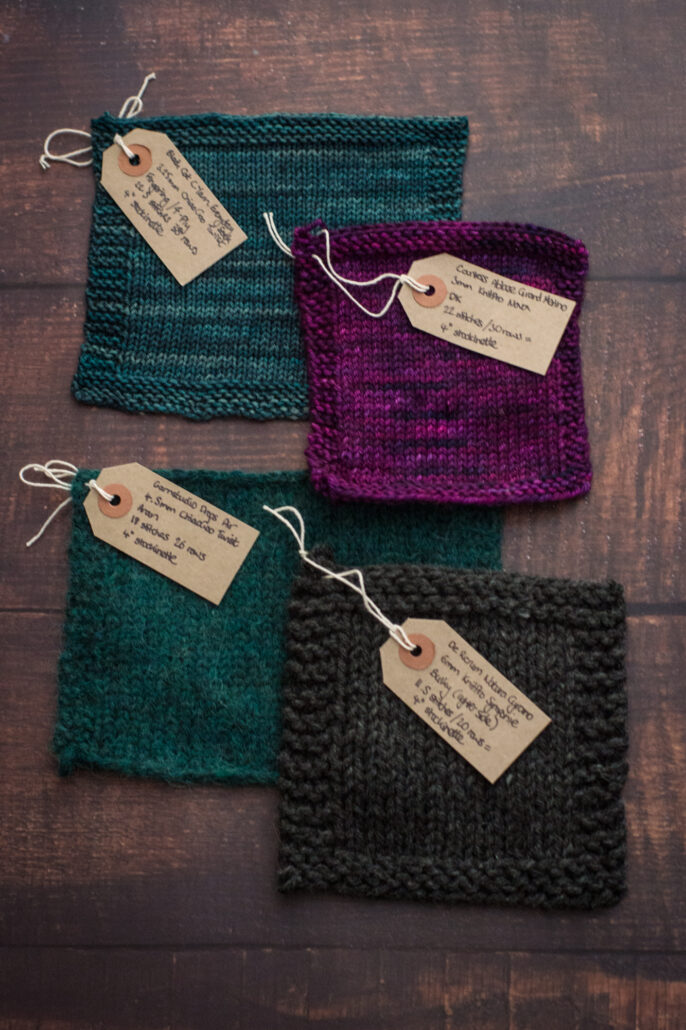
I find the little extra effort upfront is well worth it, and saves me time, effort, and frustration in the long run.
If this free content helped you, please consider buying me a coffee.
